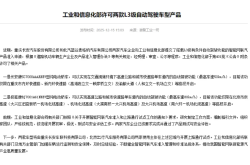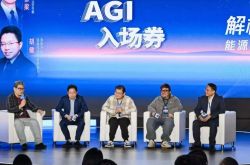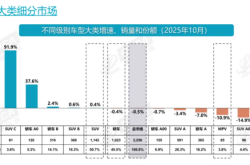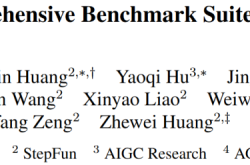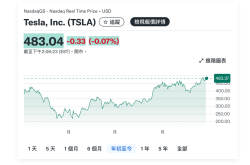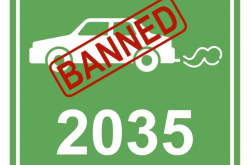The Craziest 'Golden September and Silver October'
![]() 10/23 2025
10/23 2025
![]() 643
643
The Frenzied Auto Market
China's auto market is experiencing its craziest 'Golden September and Silver October' in nearly a decade, with both the density of new car launches and the scale of retail sales setting new records for the same period.
According to incomplete statistics, in September this year, over 70 new domestic car models were launched, with a cumulative total of hundreds of car-related launch events. In the last week of September alone, more than 30 products were concentrated on pre-sale, debut, or launch. This figure represents a doubling compared to the 30-plus new car launches in September 2024.
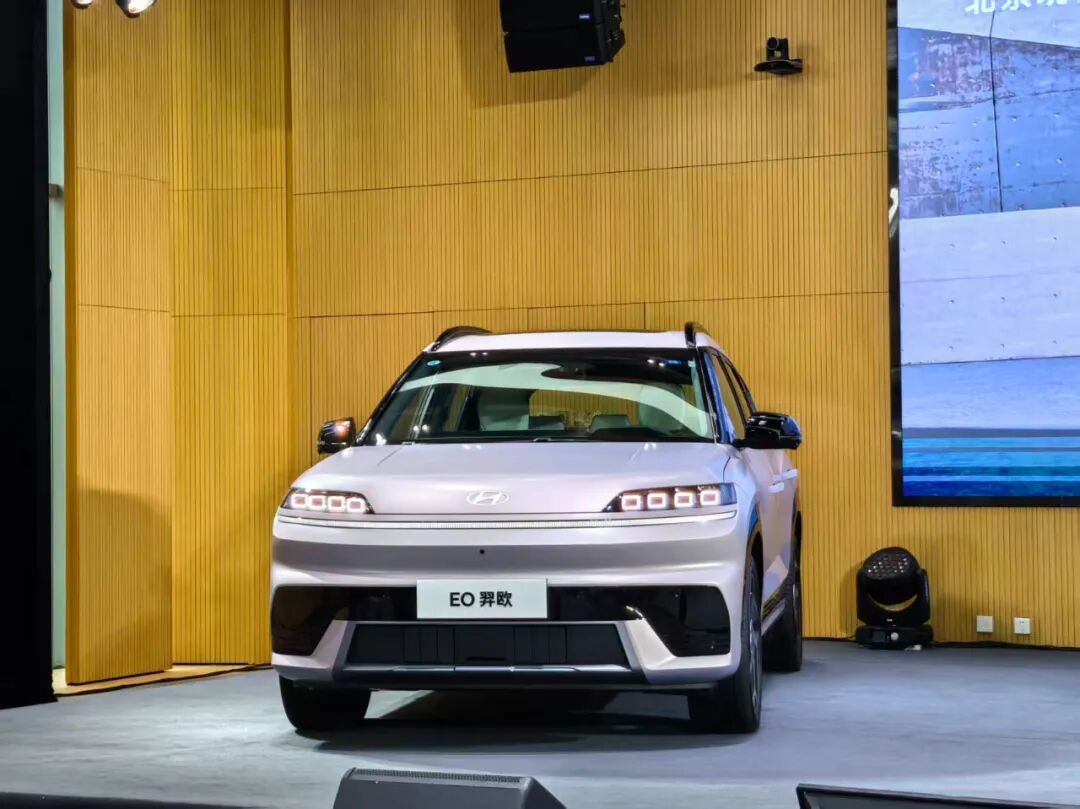
Beijing Hyundai EO (Photography/Liu Shanshan)
Entering October, this heated trend continued. As of October 19, key models including Chery Fengyun T11, Wey Gaoshan 7, Leapmotor D19, Beijing Hyundai EO, Dongfeng Nissan N6, Dongfeng eπ 2026 Nano 01, Dongfeng eπ 2026 eπ008 Five-Seater Version, and 2025 Zongheng G700 have successively completed pre-sales or launches, marking a fierce competition phase for new cars.
Regarding the correlation between new car launches and market sales, Cui Dongshu, Secretary-General of the China Passenger Car Association (CPCA), told China Newsweek, 'The Pulling effect (pull effect) of a massive number of new car launches on the auto market is extremely strong.' The latest retail data released by the CPCA supports this judgment: In September, China's auto retail sales reached 2.241 million units, up 6.3% year-on-year and 11.0% month-on-month. Year-to-date retail sales stood at 17.005 million units, up 9.2% year-on-year.
Alongside the Intensive advertising (intensive launches) of new cars and the further expansion of the auto market, industry competition has also fully escalated. This year's Golden September and Silver October have truly 'exploded' the auto market.
Cluster of New Cars Drives Up Sales
CPCA data shows that China's auto retail sales hit a new high in September this year, surpassing the previous record of 2.19 million units in September 2017 by 50,000 units, displaying strong growth characteristics before the year-end policy withdrawal.
According to relevant policies, the tax exemption for new energy vehicle (NEV) purchases is set to expire. From January 1, 2026, to December 31, 2027, the NEV purchase tax will be adjusted from 'full exemption' to 'half reduction,' with a maximum tax reduction of no more than 15,000 yuan per vehicle. This has prompted some consumers to bring forward their car purchase plans, driving sustained growth in auto market consumption.
According to Lang Xuehong, Deputy Secretary-General of the China Automobile Dealers Association (CADA), the auto consumption index in September was 88.9, rising month-on-month, indicating a potential further warming of the auto market in October. The store entry sub-index reached 91.7, and the purchase sub-index was 90.5, showing increased willingness to buy among consumers under the dual stimulus of policies and promotions.
Cui Dongshu analyzed that the Intensive listing (intensive launches) of new cars is an important driving force for sales growth. 'The new car R&D cycle of independent brands has been compressed from the past 48 months to less than 20 months, significantly improving product iteration speed and technological configuration upgrades, continuously enhancing the market pull effect.'
From a product layout perspective, independent brands are making comprehensive efforts across various market segments. In the mid-to-large SUV and MPV markets, products including Zeekr 9X, Li Auto i6, Wey Gaoshan 7, Leapmotor D19, Voyah Taishan, Seres M7, NIO ES8, and Geely Galaxy M9 precisely target the consumer psychology of 'balancing family needs and enjoyment,' all garnering high attention.
Alongside the Intensive release (intensive releases) of new cars, many automakers have also announced positive sales reports. According to data released by automakers, the flagship plug-in hybrid large six-seater SUV Geely Galaxy M9 received over 23,000 orders within 24 hours of its launch; the new Seres M7 under Hongmeng Intelligent Mobility received over 10,000 orders within 5 minutes, over 30,000 orders within 1 hour, and reached 40,000 orders within 24 hours of its launch; the new NIO flagship SUV ES8, priced starting at 406,800 yuan (or 298,800 yuan with battery leasing), achieved over 50,000 orders within 36 hours of its release.
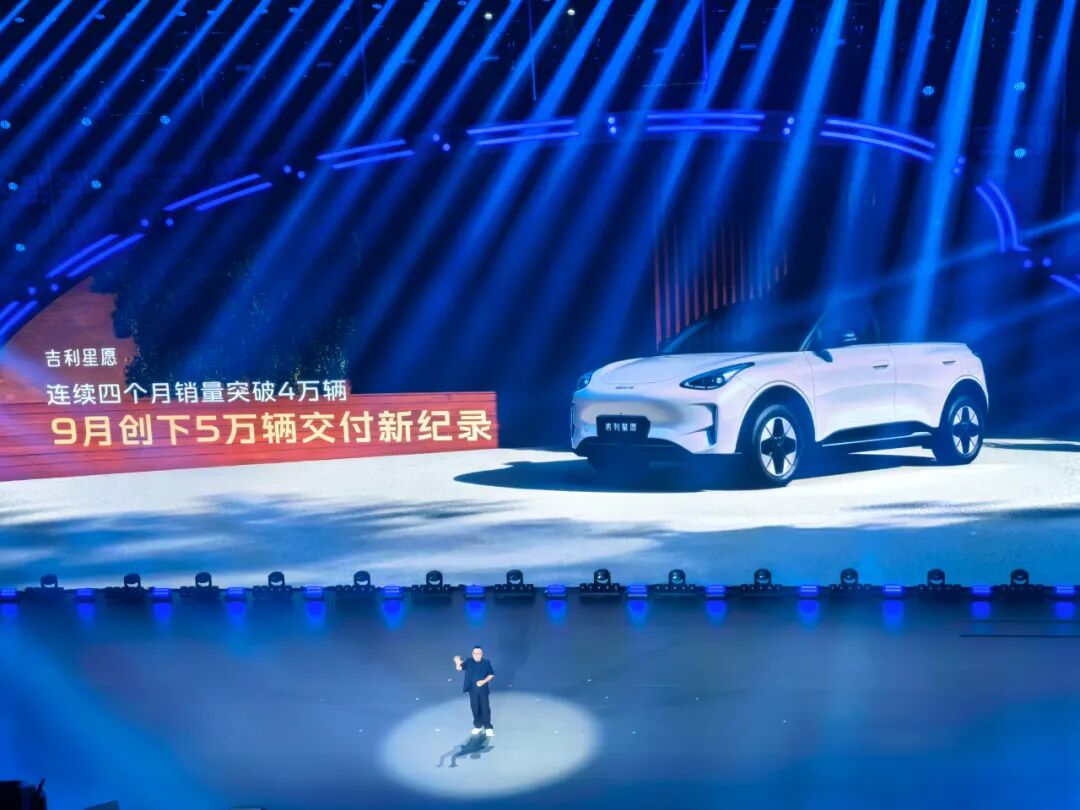
Geely Starwish Launch Event (Photography/Liu Shanshan)
The economy car segment is also seeing high enthusiasm. For example, the 2026 Geely Starwish, launched on October 10, has a starting price of 65,800 yuan after Overlay limited time benefits ( superposition limited-time benefits). Since its launch in October 2024, the car has not only broken the dual dominance of BYD Seagull and Wuling Bingo but also become a dark horse in its class with monthly sales of 40,000 units, further surpassing 50,000 units in September 2025.
The outstanding performance of independent brands has become an important driving force for the 'Golden September and Silver October' in the 2025 auto market. Among them, Geely Auto and Great Wall Motor saw sales growth of 42.8% and 37.3%, respectively, in September, both far exceeding the industry's average year-on-year growth of 6.3% in the same month.
Not only have domestic sales surged, but China's auto export data has also been on a strong upward trajectory. Data shows that passenger car exports (including complete vehicles and CKD) reached 528,000 units in September, up 20.7% year-on-year and 5.7% month-on-month. From January to September, passenger car manufacturers exported 3.999 million units, up 12.5% year-on-year. Among them, NEV exports performed strongly, with 211,000 new energy passenger vehicles exported in September, up 96.5% year-on-year, accounting for 40.1% of passenger car exports, an increase of 15.4 percentage points year-on-year. From January to September, independent NEV exports reached 1.32 million units, up 125%.
'The performance of NEV exports has exceeded expectations, mainly because plug-in hybrid and hybrid vehicles have replaced pure electric vehicles as new growth points for export growth. In particular, the export performance of plug-in hybrid pickup trucks has been strong, becoming a highlight of new energy commercial vehicle exports,' Cui Dongshu explained.
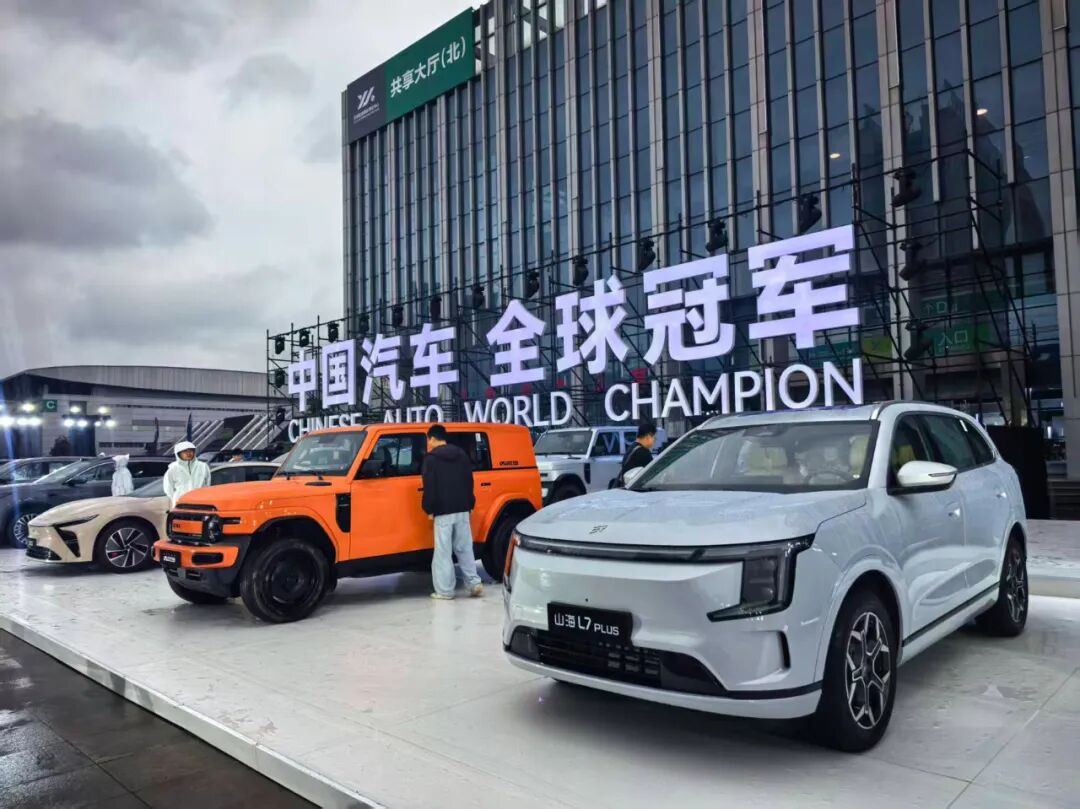
Chery Global Innovation Conference (Photography/Liu Shanshan)
In terms of auto exports, Chery is a leader among Chinese brands. It is reported that as of the end of September, Chery Group's cumulative global users have exceeded 17.72 million, with over 5.43 million being overseas users. Chery Group's products have been exported to over 120 countries and regions, with 16 KD factories worldwide. Zhang Shengshan, Deputy General Manager of Chery Automobile Co., Ltd. and Executive Deputy General Manager of Chery's International Business Division, stated that Chery Group plans to establish 26 overseas R&D centers in the coming years to enhance local market competitiveness, meet local regulatory requirements, strengthen localized development capabilities, and thus create differentiated products that better meet local user needs.
Intensified Competition Accelerates Shakeout
The vast market space in the auto industry is attracting more cross-border players to enter the field.
On October 14, JD Auto announced that it would jointly launch a 'National Good Car' with GAC Group and Times Electric Service Technology Co., Ltd., a subsidiary of CATL. Subsequently, on platforms like Maimai, multiple high-paying positions released by JD Auto emerged, with some positions offering annual salaries exceeding one million yuan, demonstrating its eagerness for top talent and determination for business development.
Smart cleaning home appliance company Dreame Technology also recently announced its high-profile entry into the auto industry. On September 12, Dreame Auto announced the completion of its first round of financing. Shortly after, on September 17, Dreame Auto released official images of its first model. According to the plan, the first product will officially debut in 2027, with plans to showcase the first prototype at the 2026 CES.
However, behind the 'growth frenzy' in the auto market, the contradiction between 'scale expansion and profit contraction' is becoming increasingly prominent. Data shows that from January to August, the total profit of the auto industry was 303.5 billion yuan, down 0.3% year-on-year, with an industry profit margin of 4.5%. Compared to the average profit margin of 6% for downstream industrial enterprises, the auto industry's profit margin remains low. Notably, in August, the auto industry's revenue reached 885.6 billion yuan, up 7.5% year-on-year, while profits were only 29.8 billion yuan, down 10% year-on-year. The auto industry's profit margin was 3.4%, a significant month-on-month decline from July and still lower than the 3.6% in August last year, reaching a historical low for profits in the same period.
Reviewing the industry's profitability trend over the past five years, the auto industry's profit margin has shown a continuous decline: 6.1% in 2021, 5.7% in 2022, further down to 5% in 2023, and only 4.3% in 2024, a significant drop from historical normal levels, reflecting concentrated pressure on industry profitability.
Alongside increasing profitability pressure, the industry shakeout is accelerating. In early October, Polestar Auto closed its last direct-sales store located at L+Plaza in Shanghai's Qiantan area. Data shows that Polestar's cumulative sales in China in the first half of this year were only 69 units, a dismal performance that contrasts sharply with the industry's overall high growth.
Polestar Auto's predicament (predicament) is not an isolated case. In recent years, several emerging new energy vehicle brands have exited the market due to issues such as broken capital chains and insufficient product competitiveness. With the entry of cross-border players like Xiaomi and JD and the continuous efforts of traditional automakers, future industry competition will become even more fierce, and more less competitive enterprises may face the risk of being eliminated.
For auto companies, maintaining product innovation capabilities, controlling costs, and improving profitability in the fierce market competition will be key to future development. For the industry, with the entry of cross-border players and continuous technological progress, the industrial landscape of the auto industry will continue to be reshaped, with intelligence and electrification becoming core trends for future development. And the industry landscape will be further reshaped through competition.


